The Basilica of the National Vow, an architectural gem and an important symbol of the Catholic faith in the city of Quito Ecuador. It is considered by the people of Quito as an impressive neo-Gothic style church located in the heart of the capital. According to the guide, he said that its construction began in 1887 and lasted for several years, and although it is still considered that some things are still missing due to the legend that its completion would mark the end of the world, but that in reality it is due to lack of funds, it has become an emblematic landmark of the city.
La Basílica del Voto Nacional, una joya arquitectónica y un símbolo importante de la fe católica en la ciudad de Quito Ecuador. Es considerada por los quiteños como una impresionante iglesia de estilo neogótico ubicada en el corazón de la capital. Según el guía, dijo que su construcción comenzó en 1887 y se prolongó por varios años, y aunque aún se considera que todavía faltan algunas cosas debido a la leyenda de que su finalización marcaría el fin del mundo, pero que en realidad es por la falta de fondos, se ha convertido en un hito emblemático de la ciudad.
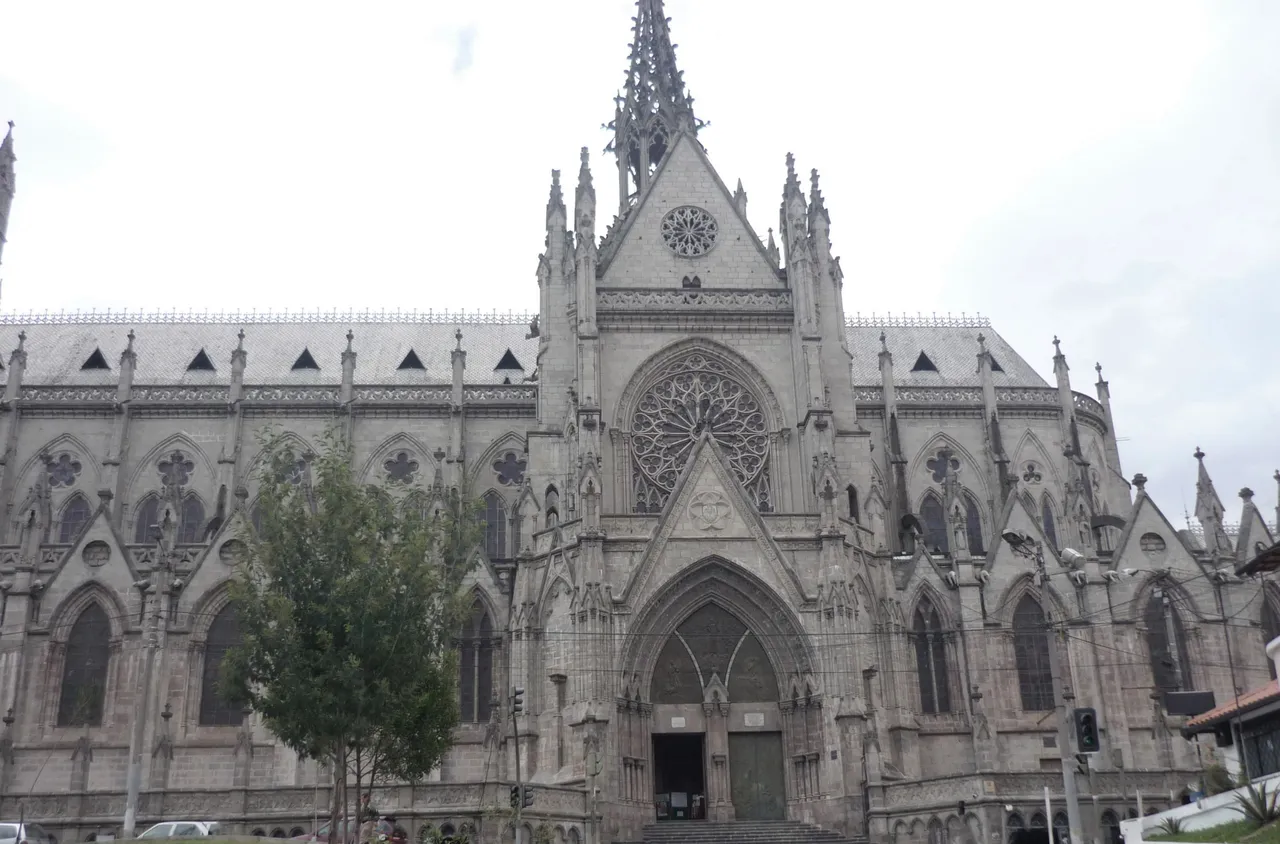
The idea of building the Basilica arose in 1883 as a promise by President Ignacio de Veintemilla to dedicate a monument to the Sacred Heart of Jesus in gratitude for the peace achieved after the civil war. The original design was the work of the French architect Emilio Tarlier, inspired by the Notre Dame Cathedral in Paris. The first stone was laid on July 10, 1892, completed in 1924 and finally consecrated in July 1988 by Pope John Paul II.
La idea de construir la Basílica surgió en 1883 como una promesa del presidente Ignacio de Veintemilla de dedicar un monumento al Sagrado Corazón de Jesús en agradecimiento por la paz alcanzada después de la guerra civil. El diseño original fue obra del arquitecto francés Emilio Tarlier, inspirado en la Catedral de Notre Dame de París. La primera piedra fue colocada el 10 de julio de 1892, terminada en 1924 y finalmente consagrada en julio de 1988 por el Papa Juan Pablo II.
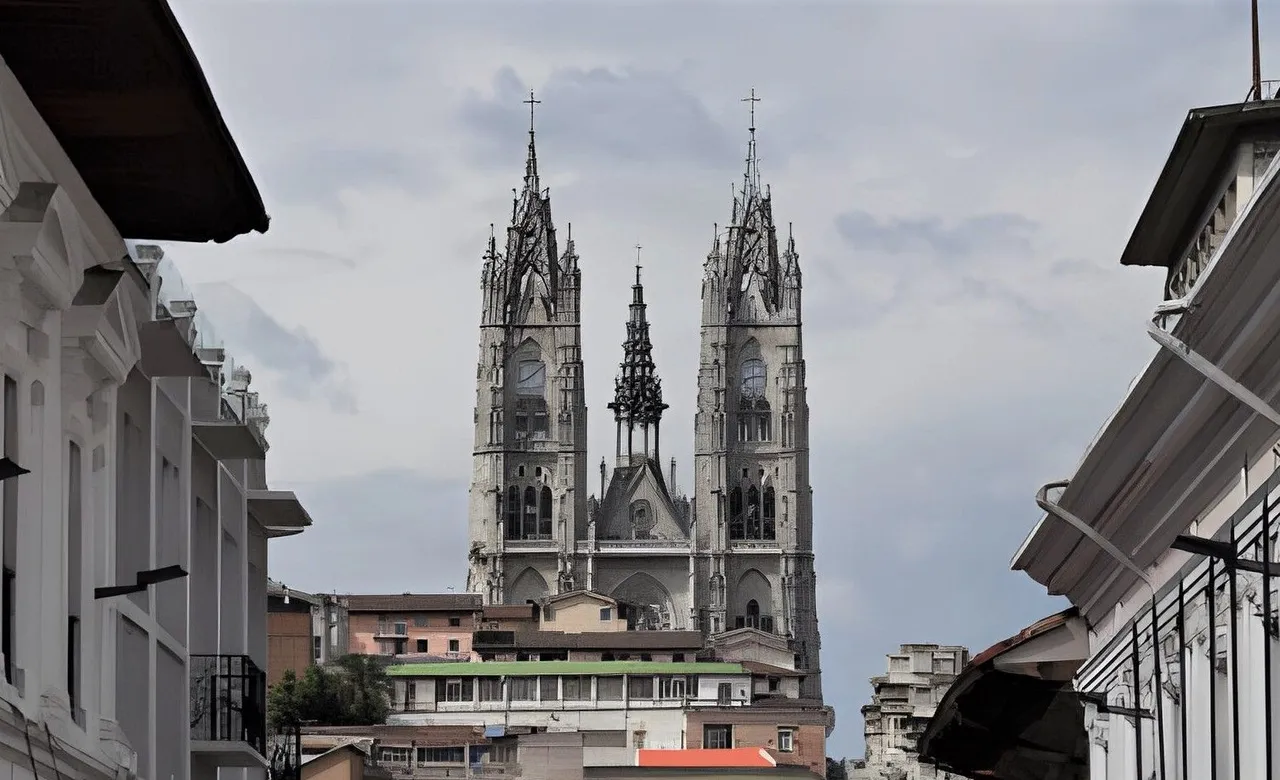
On the outside, there are two imposing towers that rise to approximately 115 meters in height. From these towers, you can enjoy a panoramic view of Quito.
En el exterior cuenta con dos imponentes torres que se elevan aproximadamente a 115 metros de altura, desde estas torres se puede disfrutar de una vista panorámica de Quito.
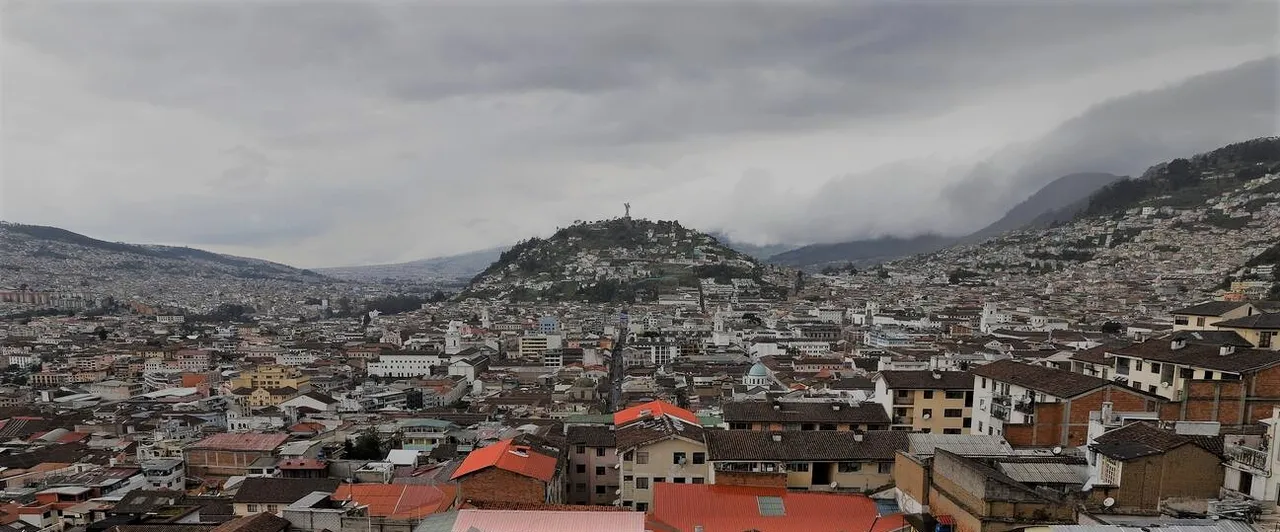
The doors are decorated with reliefs depicting biblical scenes and scenes from the history of Ecuador, and the most distinctive feature of this artistic work are the gargoyles and acroteria, which, instead of having a European style, are represented by figures of animals endemic to Ecuador.
Las puertas están adornadas con relieves que representan escenas bíblicas y de la historia del Ecuador, y la particularidad más distintiva de esta obra artística son las gárgolas y las acróteras, las cuales, en lugar de tener un estilo europeo, son representadas por figuras de animales endémicos del Ecuador.
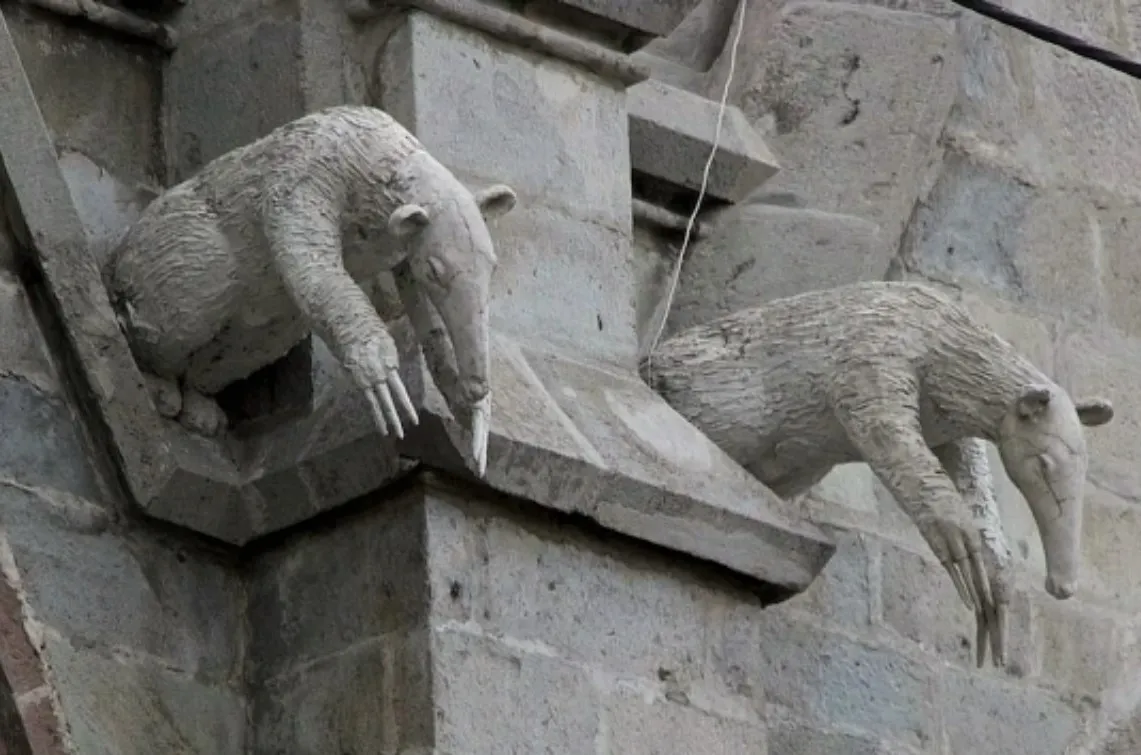
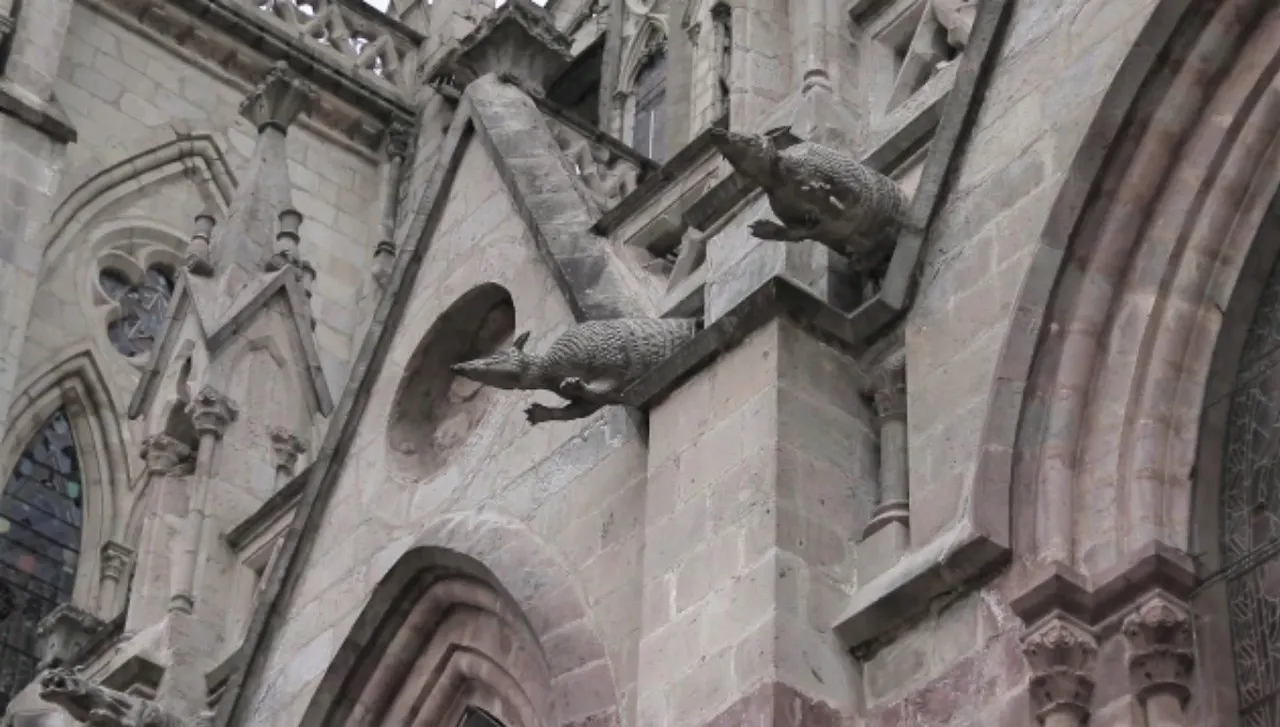
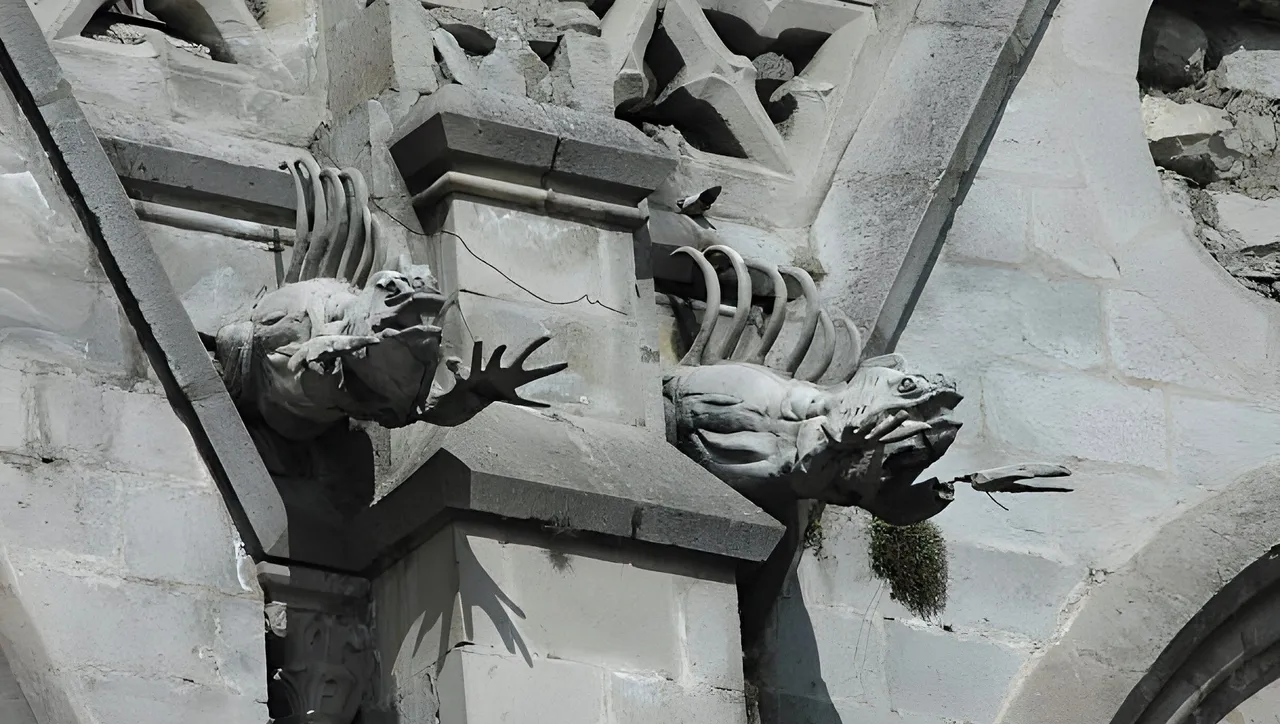
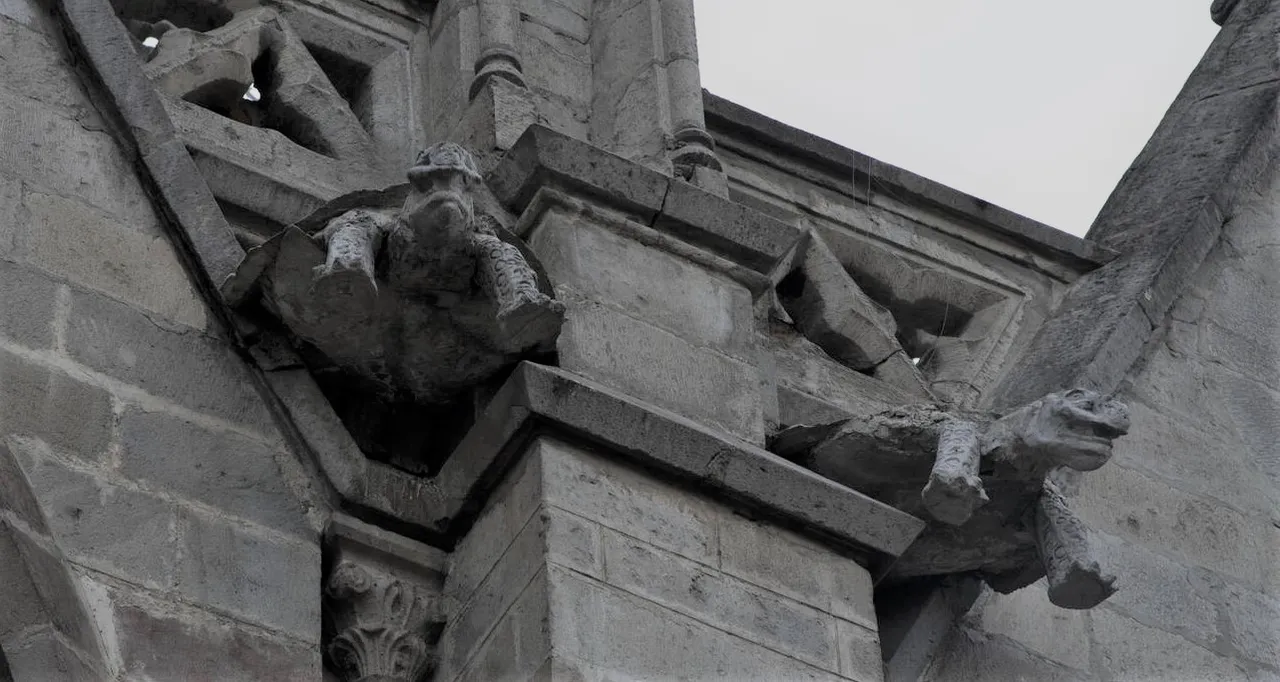
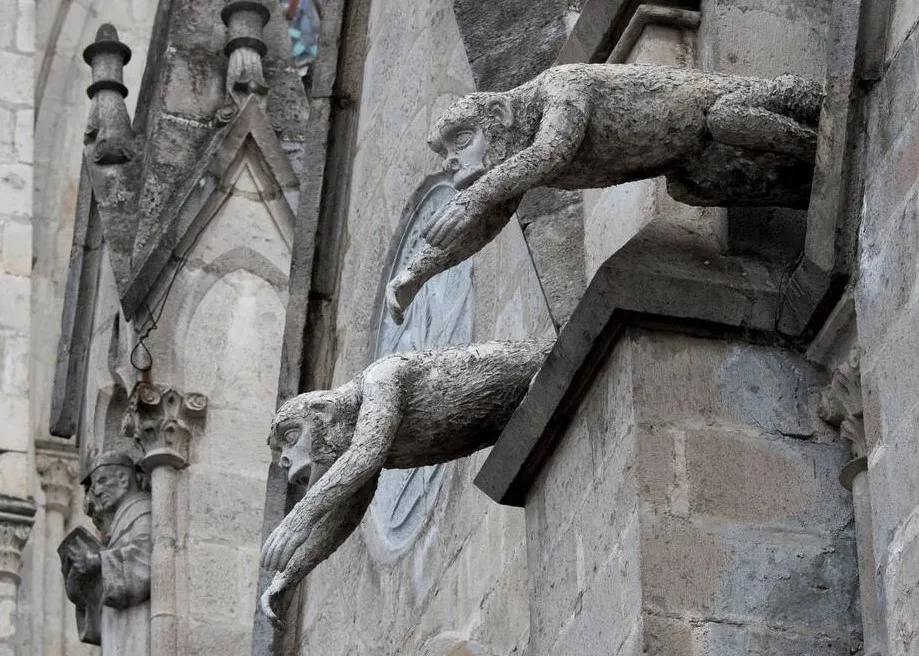
As you enter, you will be impressed by the height and width of the central nave, which is illuminated by beautiful stained glass windows that tell the story of Christianity and Ecuador. One of the most distinctive stained glass windows is the so-called Roseton, whose design also shows lilies and orchids native to Ecuador.
Al entrar, te impresionará la altura y amplitud de la nave central, que está iluminada por hermosos vitrales que cuentan la historia del cristianismo y del Ecuador. Uno de los vitrales más distintivos es el llamado Rosetón, cuyo diseño también muestra lirios y orquídeas propias del Ecuador.
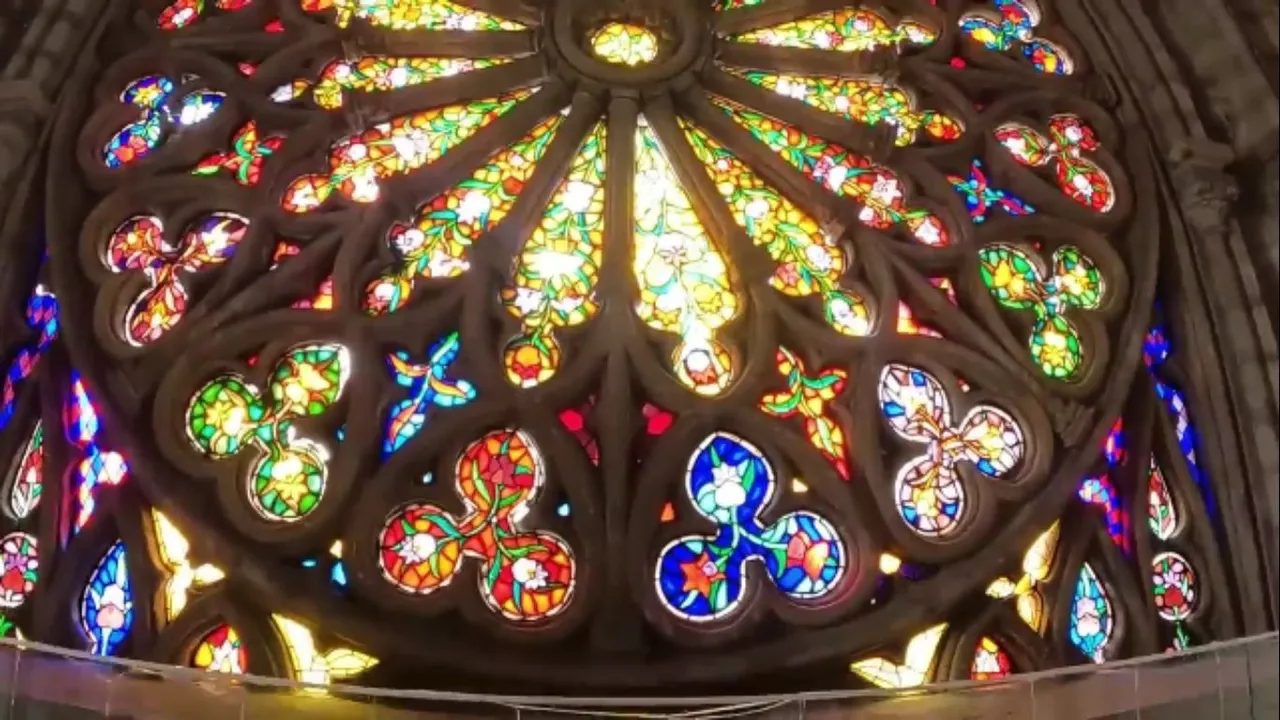
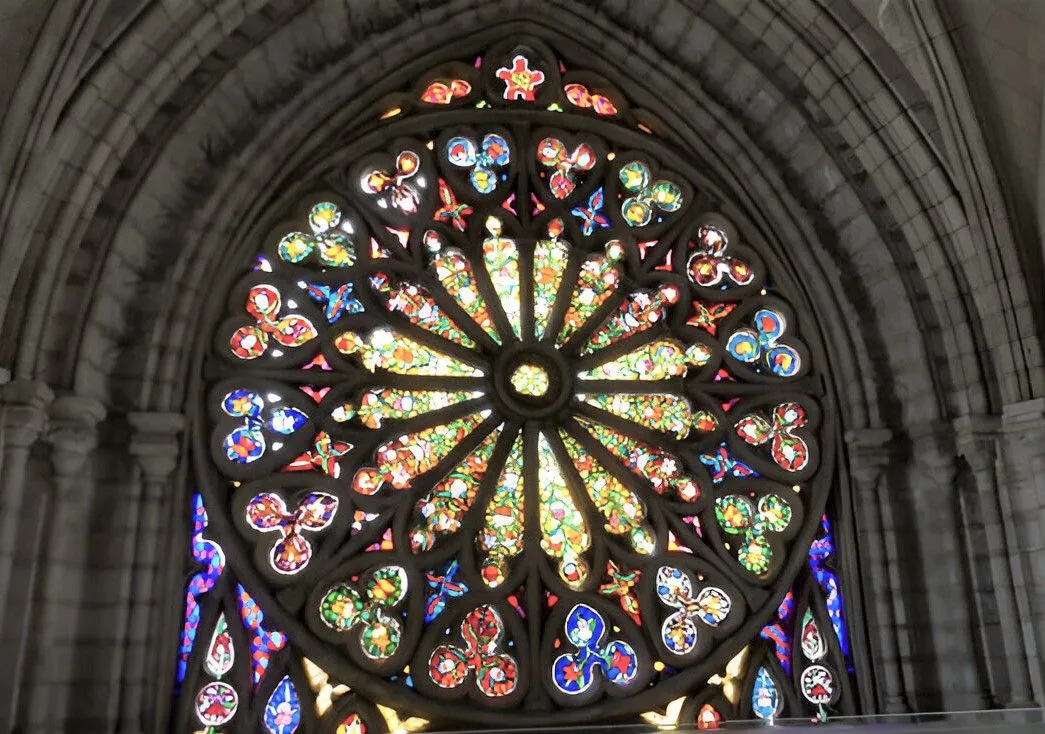
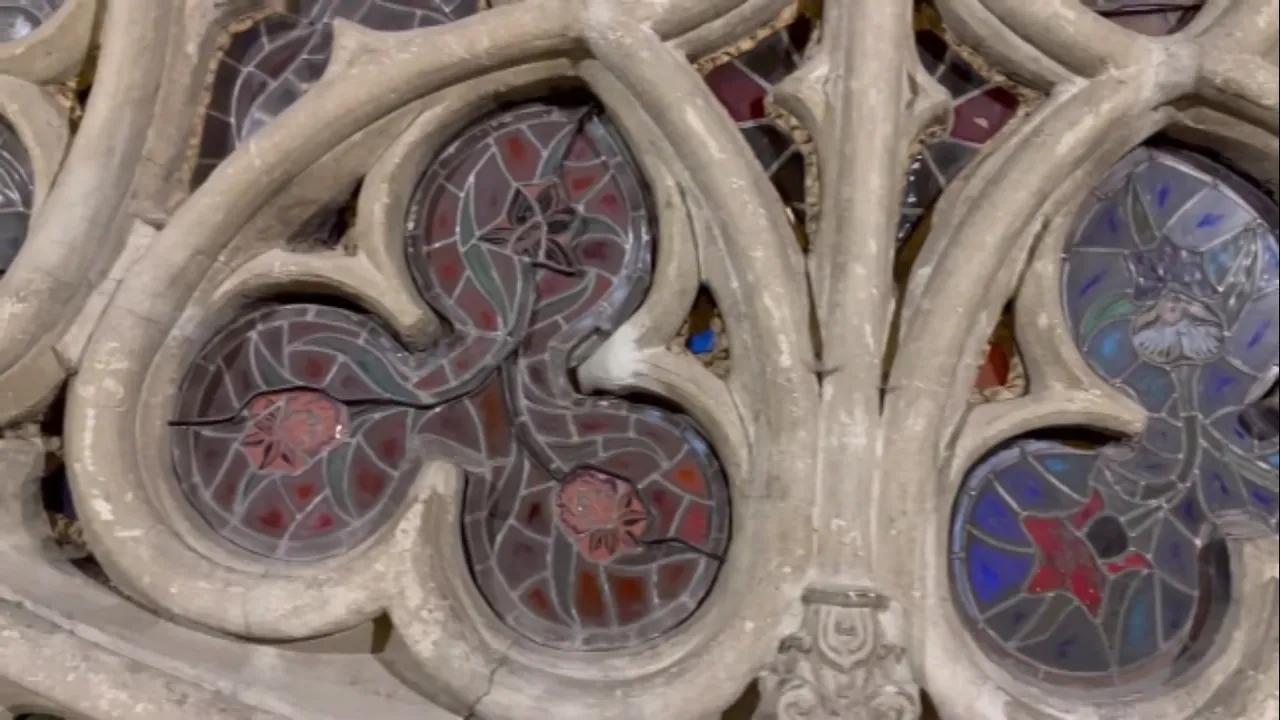
There are several stained glass windows along the interior route, they are dedicated to different saints and Marian devotions, while the main altar is a work with a golden altarpiece and an image of the Sacred Heart of Jesus.
Hay varios vitrales a lo largo del recorrido interior, están dedicados a diferentes santos y advocaciones marianas, mientras que el altar mayor es una obra con un retablo dorado y una imagen del Sagrado Corazón de Jesús.

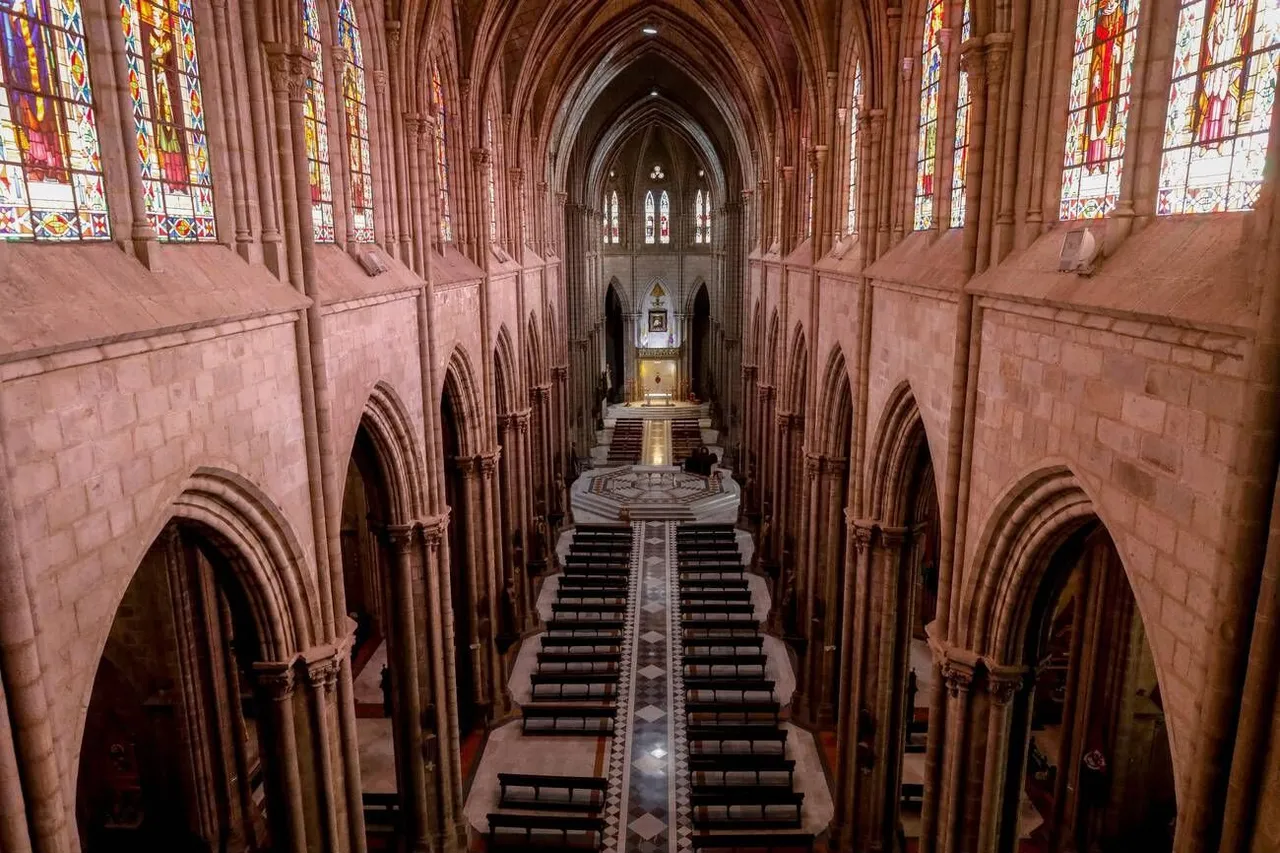
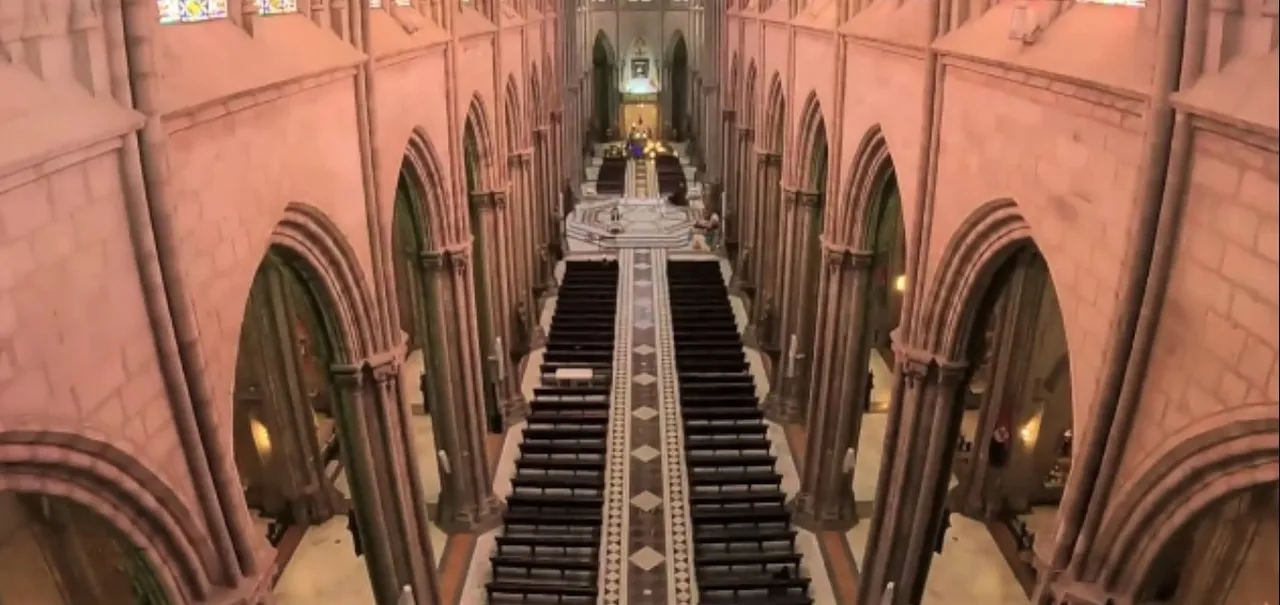
Located under the Basilica and with access from the western side, is the National Pantheon of Heads of State of Ecuador, although only 4 presidents are buried there. The catacombs are located in the crypt of the Basilica, just below the main altar, and are not only a final resting place for important figures, but also a space full of history and religious symbolism.
Ubicado bajo la Basílica y con acceso desde el lado occidental, se encuentra el Panteón Nacional de jefes de Estado del Ecuador, aunque solo 4 presidentes se encuentran sepultados ahí. Las catacumbas están ubicadas en la cripta de la Basílica, justo debajo del altar mayor, y no solo son un lugar de descanso final para figuras importantes, sino también un espacio cargado de historia y simbolismo religioso.

The intention to create a sacred and solemn place where illustrious Ecuadorian figures and members of the church, as well as their relatives, could be buried also exists. This underground space follows the tradition of the ancient Christian catacombs, which were used as burial places and refuge during the first centuries of Christianity. They consist of a series of narrow corridors with niches in the walls where the remains are found. These niches are marked with commemorative plaques indicating the names of the people buried there, there is also a small underground chapel where religious services and prayers can be held in honor of the deceased, and, although the design is austere, the catacombs are decorated with religious symbols and Gothic architectural elements that reflect the theme of the Basilica.
La intención de crear un lugar sagrado y solemne donde se pudieran enterrar a personajes ilustres del Ecuador y miembros de la iglesia, así como sus familiares tambien existe. Este espacio subterráneo sigue la tradición de las antiguas catacumbas cristianas, que eran utilizadas como lugares de enterramiento y refugio durante los primeros siglos del cristianismo. Consisten en una serie de pasillos estrechos con nichos en las paredes donde se encuentran los restos. Estos nichos están marcados con placas conmemorativas que indican los nombres de las personas enterradas allí, también hay una pequeña capilla subterránea donde se pueden realizar servicios religiosos y oraciones en honor a los difuntos, y, aunque el diseño es austero, las catacumbas están decoradas con símbolos religiosos y elementos arquitectónicos góticos que reflejan la temática de la Basílica.
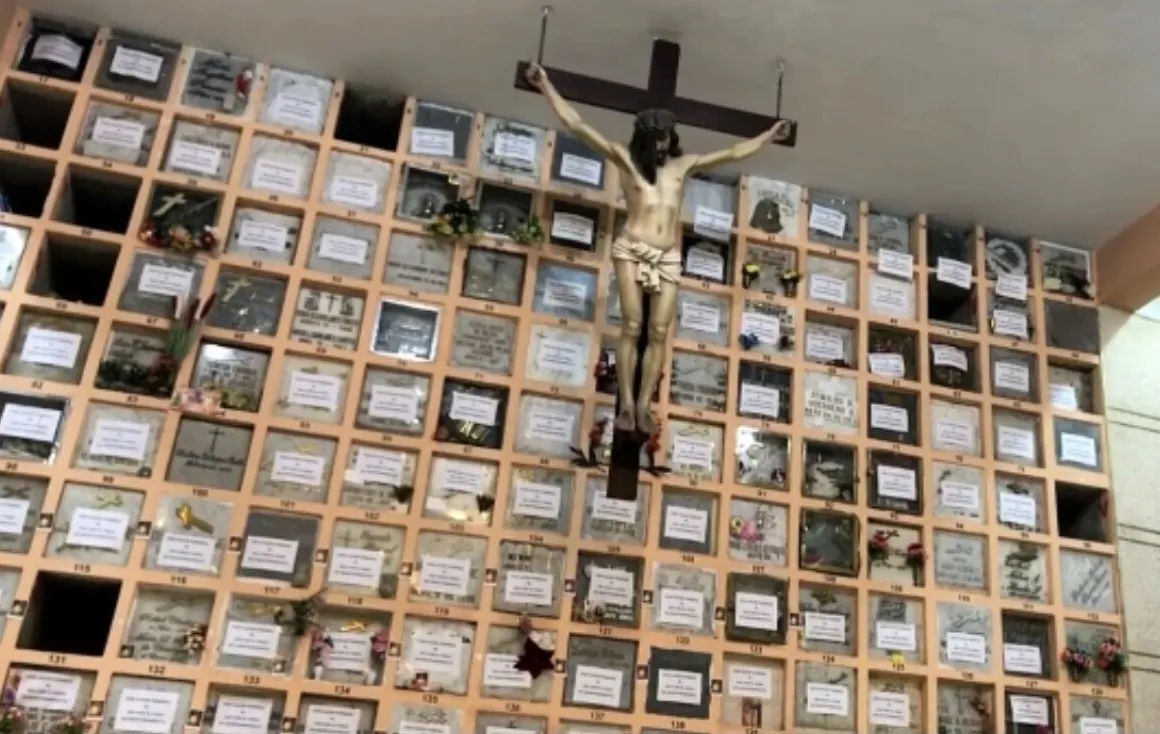
When you live in Quito, you never get tired of visiting the place because every time you visit there is always something new to find and learn. In fact, I go there every time I can and I want to find some peace.
Cuando vives en Quito, no te cansas de visitar el lugar porque en cada visita siempre hay algo nuevo que encontrar y que aprender. De hecho, yo voy cada vez que puedo y que quiero hallar un poco de paz.


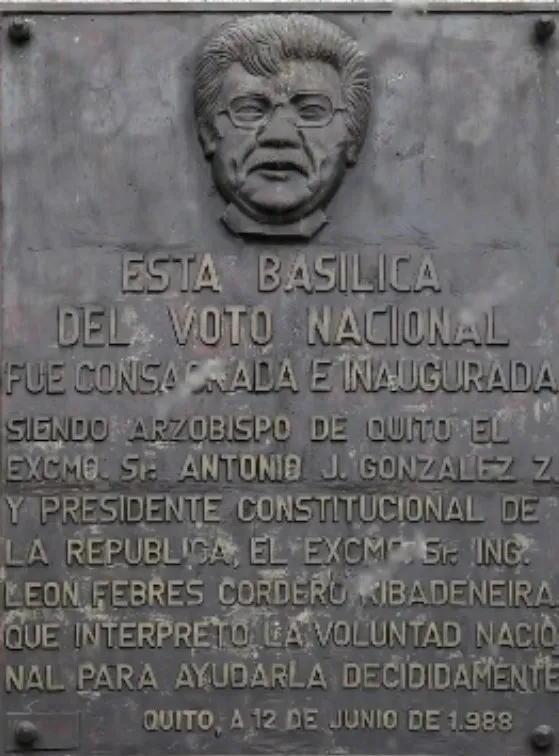
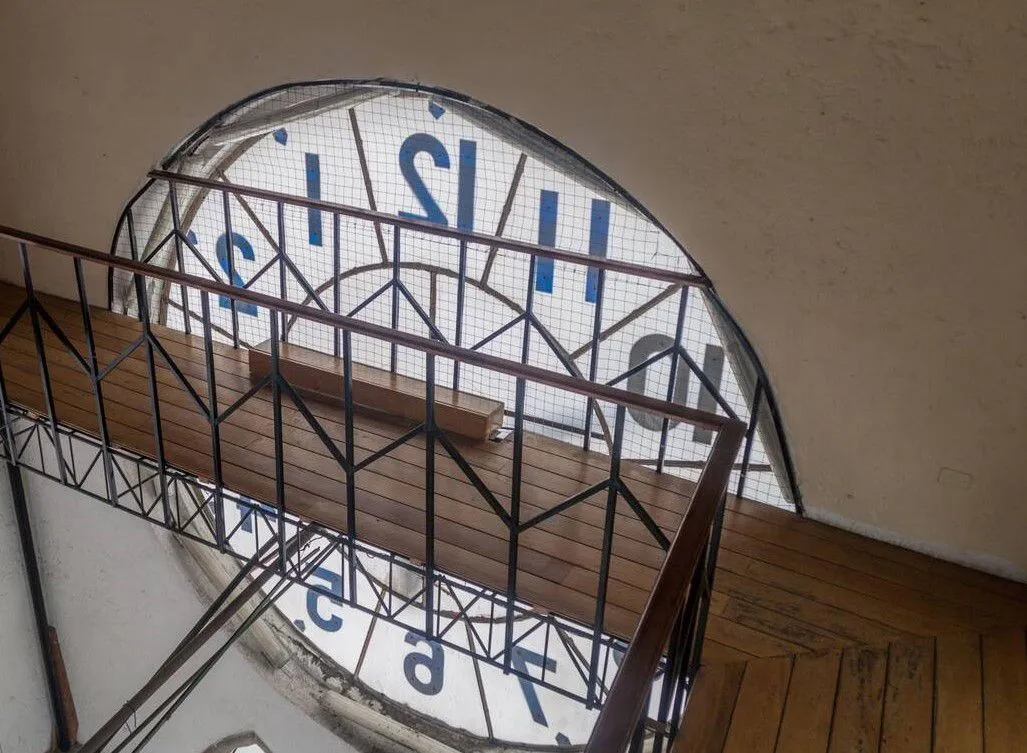
Thank you very much for reading and viewing my content.
Muchas gracias por leer y ver mi contenido.
If you want to know me a little more this is my presentation...
Si quieres conocerme un poquito más esta es mi presentación...






















